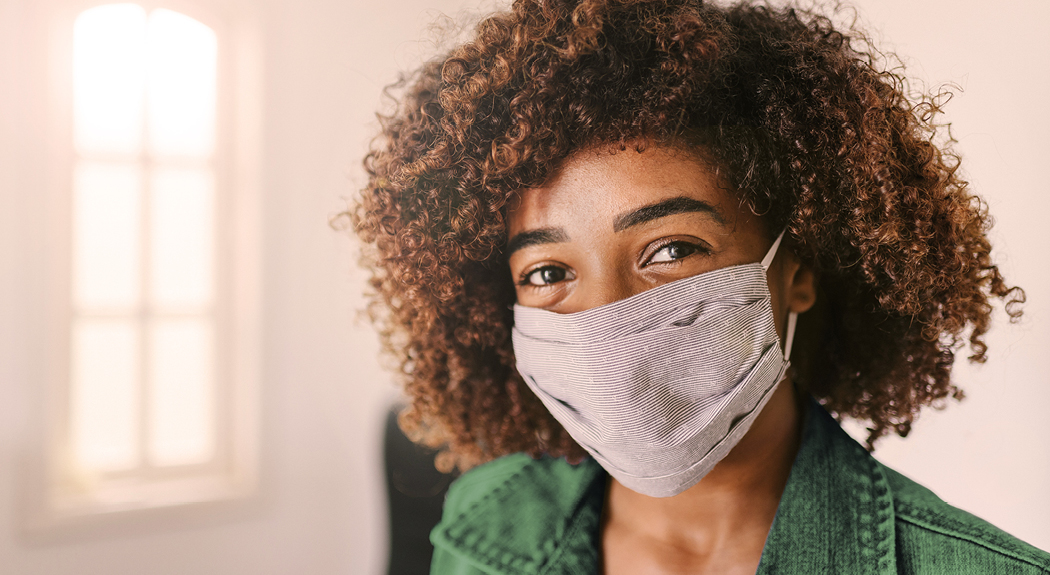Since last spring, we’ve been wearing face masks to slow the spread of COVID-19. It’s a key part of the 3Ws: Wash your hands, wear a mask and watch your distance.
At this point, you’ve probably built up a large collection of cloth masks for you and your family.
But how do you know when they’re past their prime?
Here are a few clues that it’s time to toss them.
The straps are worn out. Take note whether the straps, or ear loops, on your mask appear to be stretched out. To be effective, masks should fit tightly against your face. And if the straps are loose, the mask will be, too.
The mask doesn’t fit properly. Again, the fit should be snug. If the fabric is sagging and loose, it’s not offering the proper protection. You should replace any masks that hang or slide down below your nose with ones that stay in place.
There are holes in the mask. If your mask is ripped or torn, get rid of it. One way to check it quickly is to hold it up to the light. If you see breaks of light in the material, throw it away and get a new one.
It’s stained or dirty, even after you wash it. That’s a clear sign that the mask has outlived its usefulness. Masks can absorb makeup and skin oils – which means they aren’t effectively filtering out contaminants.
Change disposable medical masks daily.
How to Wash Your Masks the Right Way
Just as it’s important to wash your hands the right way, you also have to make sure you’re washing your cloth masks the right way.
The Centers of Disease Control and Prevention (CDC) says you should wash your mask after each wear. If you want to throw them in the washing machine, you can mix it in with your other laundry, use regular laundry detergent and follow the instructions on the mask’s label.
If you’re washing the mask by hand, use warm tap water and laundry detergent or soap, and rinse thoroughly.
You can either dry your mask in the dryer on a warm or hot setting, or hang it to dry. Put it in direct sunlight if you can.
The CDC recommends storing wet or dirty masks in plastic bags until you can wash them. Wet masks don’t work as well as dry masks, and they can be hard to breathe through.
Always wash or sanitize your mask after you take it off – and before you put it back on again.
 Jean Murray is system director of Infection Prevention and Epidemiology for Luminis Health.
Jean Murray is system director of Infection Prevention and Epidemiology for Luminis Health.




